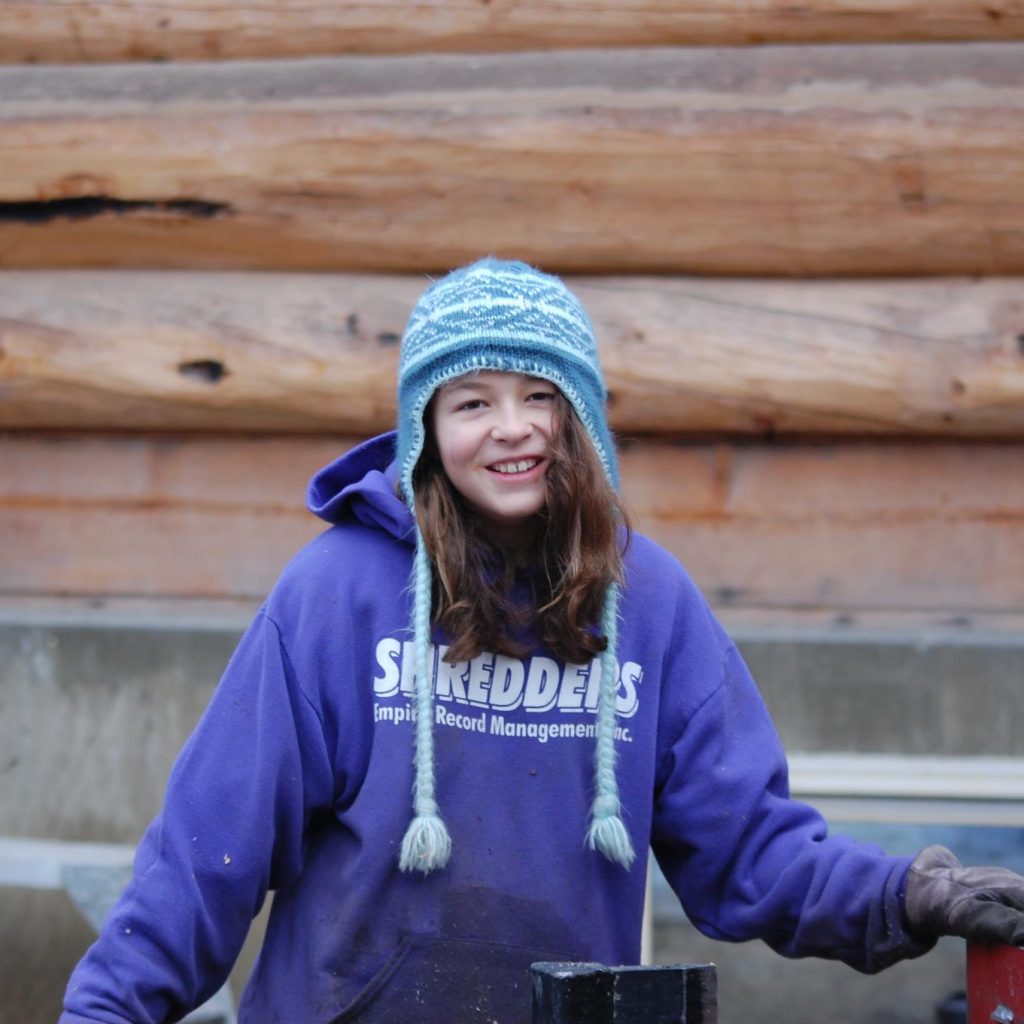Tips for Gathering and Seasoning Firewood
It’s summer in Alaska, which means midnight sun, warm weather, and good fishing. But for wood stove owners it also means it’s time to replenish the wood pile before winter comes around again. If you’re going out to get your own wood, as many Alaskans do, here are some things to keep in mind.

Collecting:
- Don’t attempt to chop trees on your own. Felling wood is exceptionally dangerous, and if you get hurt you’ll likely need help. Coerce your buddies into helping with the promise of sharing the wood pile or burgers after.
- If you aren’t sure where to source your firewood, check out Alaskan State Lands. Just remember that you must get a permit before you start chopping trees.
- Yell “Timber!” when your tree is about to fall. It alerts those around you to pay attention and be extra cautious. Plus, it’s fun.
- Avoid trees that have been treated with herbicides or pesticides. You don’t want to burn that in your home.
- Don’t move firewood long distances, and especially do not get it from Canada or beyond. There are a number of invasive species of insects that can travel on fresh or dry firewood that you don’t want in your area. For more info, check out Don’t Move Firewood.org.

Splitting:
- Be mindful of size. Larger logs are going to take longer to season. But you also need to think about the size of your particular stove, as well as how much you intend to use it. Larger logs will burn longer, and smaller ones are good for getting started. Make sure that you have a good variety available to you.
- Make sure you’re using the right tool for the job. If you want wood splitting to double as a workout, get yourself a maul and start swinging. But if you want to get the job done without too much hassle, pick up a mechanic log splitter.
Stacking:
- Make sure to spread out your larger and smaller logs throughout your stacks so that you don’t have to dig for a certain log later.
- Use the jenga method of stacking for larger pieces that need to dry out a lot. This makes sure that they have lots of airflow on all sides. Lay down three evenly sized logs facing a single direction. Then lay three more logs perpendicular right on top of them, and continue upwards. This can also create a stable barrier to pile wood next to.
- If possible, stack in a covered area to keep the wood from getting wet, and angle it so that the wood gets some sunlight, which will help it dry. But don’t close it in with a tarp, which will likely hinder the wood’s progress.
- Remember that air flow is key. It might seem like a good idea to cram in pieces to make a sturdy, tight structure, but what’s most important is that the wood dries. If you have two or more rows, leave an inch or two gap between them.

Seasoning:
- It’s best to let your wood dry for a year before using it, although it doesn’t always take that long. This ensures that all the moisture has escaped and your wood will light quickly and burn nicely.
- When your wood is dry the bark will usually come right off. It’s a good sign that the logs are ready. Take the bark for kindling, or keep it on for a good burn when that log goes in.
- Make sure you’re using your oldest wood first, and that you aren’t trapping wood from three years ago with wood from this summer. After four or five years seasoned wood will start decaying.
The most important thing to remember when prepping your firewood is to stay safe. Wear glasses and gloves, sturdy shoes, and earplugs as needed. Make sure that your wood piles are secure, too. And don’t forget to drink lots of water- this is hard work, after all!
Recommended Posts



